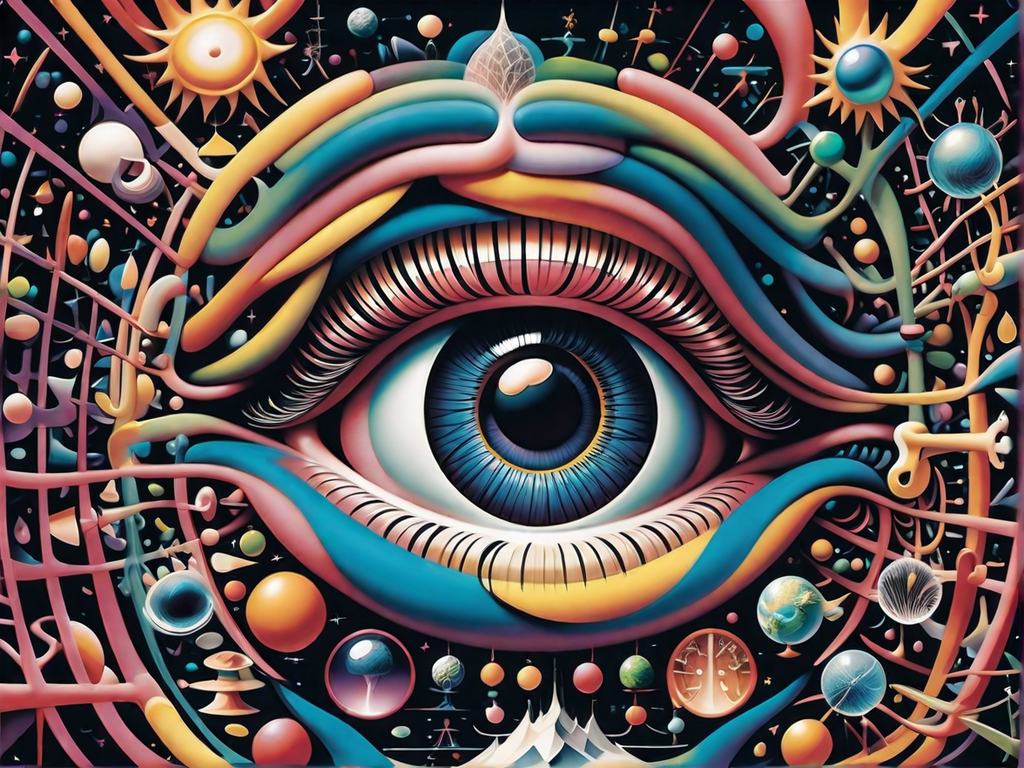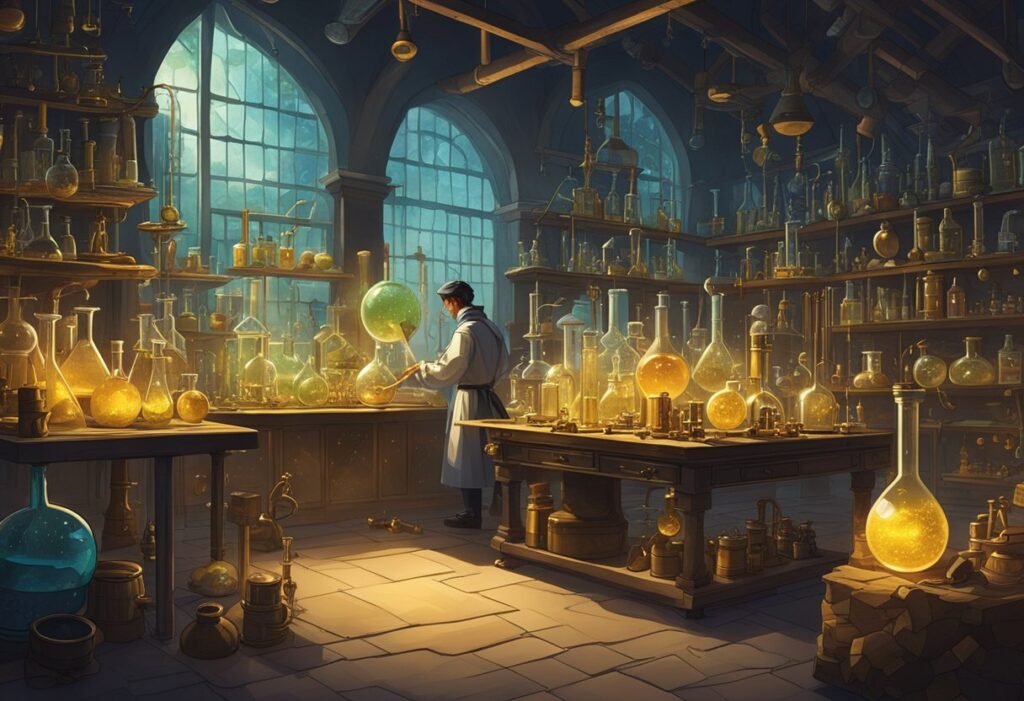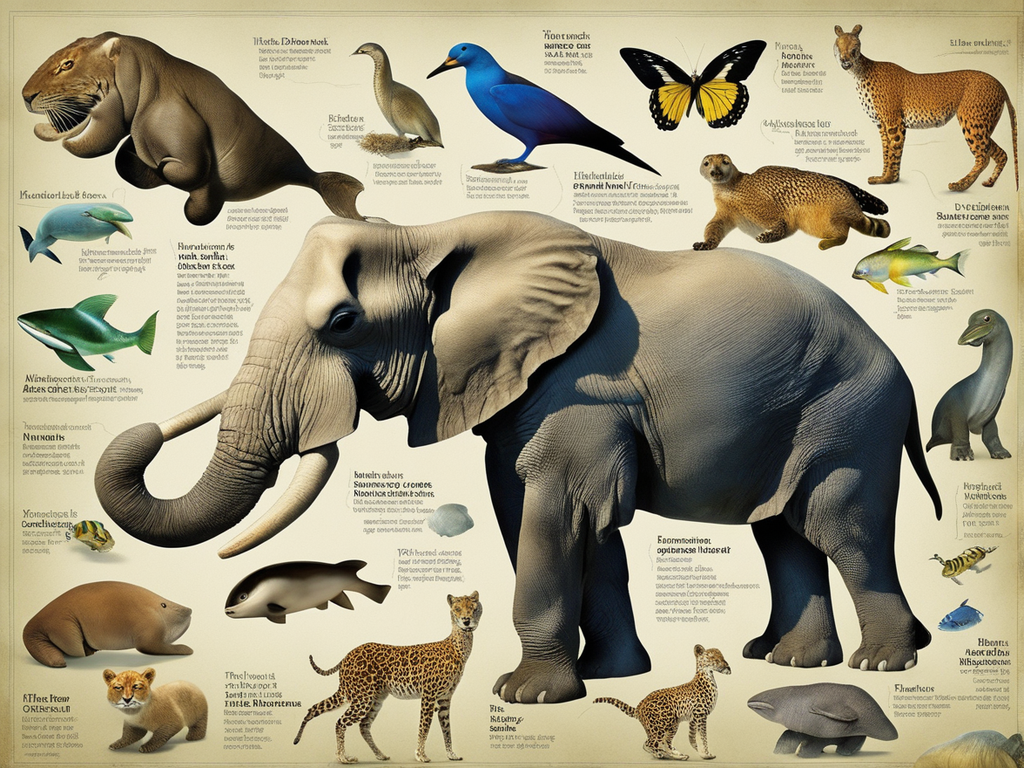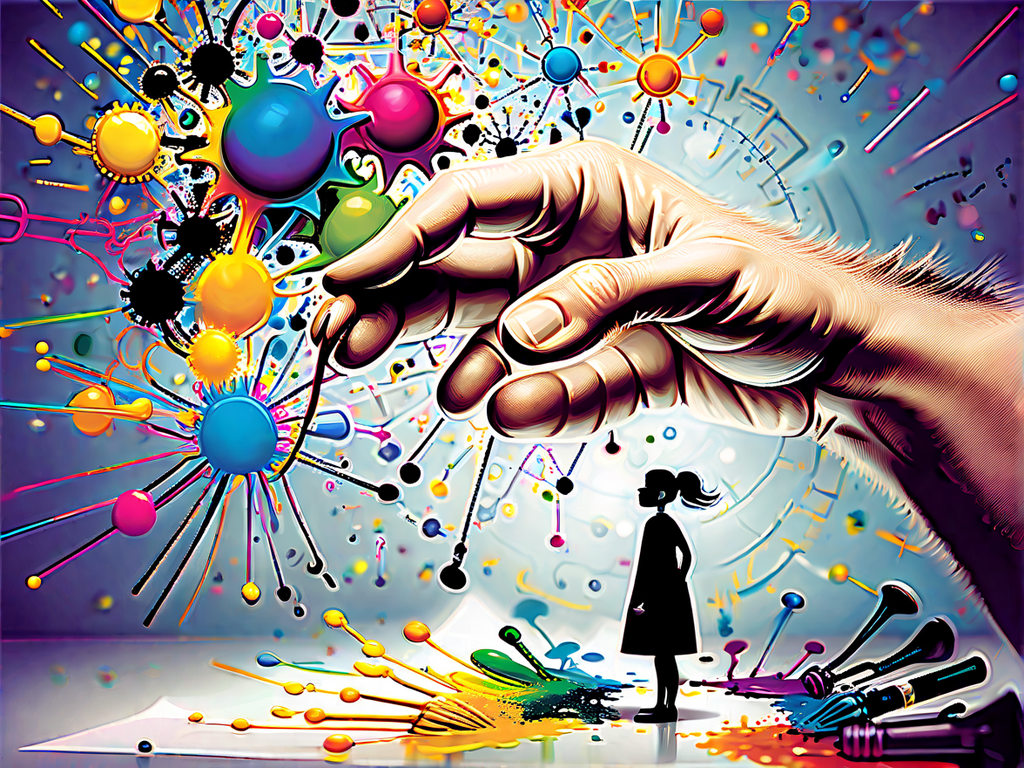Our world is a symphony of sensations, a tapestry of sights, sounds, tastes, smells, and textures that come together to create our perception of reality. The science of senses unravels the intricate mechanisms that allow our bodies to interpret the world around us. In this deep dive, we’ll embark on a journey to uncover the fascinating science behind our senses, leaving you with a deeper understanding of how we experience the world and the wonder of our sensory perception.

The Marvel of Vision
Vision is perhaps the most dominant of our senses. Our eyes, intricate sensory organs, capture light and transform it into the colorful and detailed images we perceive. The process of how our brains decode this visual information is an awe-inspiring feat of biology and neuroscience.

Hearing and Sound waves
The world is filled with sound waves, from the melodic notes of a songbird to the deep rumble of thunder. Our ears, remarkable in their complexity, convert these vibrations into the sounds we recognize. The science behind hearing involves the intricate workings of the inner ear and the auditory cortex in our brain.
The Complex Sense of Taste
Taste is a sensory experience that involves our tongues, but it’s also influenced by our sense of smell and even our sense of touch. The combination of sweet, salty, sour, bitter, and umami creates a symphony of flavors. The sensory receptors on our taste buds play a central role in this intricate dance of flavors.
The Olfactory World
Our sense of smell can transport us back in time with a single whiff. The olfactory system in our noses can detect a myriad of scents, each with its own unique molecules. The brain’s olfactory bulb processes these scents, linking them to memories and emotions.
The Sense of Touch
Our skin, the largest sensory organ in our body, is a complex network of receptors. It detects pressure, temperature, pain, and more. The brain processes these sensations and helps us interact with the physical world.
The Integration of Senses
Our senses don’t operate in isolation. They work together to create our perception of the world. For example, taste and smell are closely linked, which is why food can seem flavorless when we have a stuffy nose. Understanding how our senses integrate is a key aspect of the science of perception.
Perception and Illusions
Our senses are not infallible, and our brains can sometimes create illusions or misinterpret sensory input. Optical illusions, for example, reveal the complexity of visual perception and how our brains fill in gaps to make sense of the world.
Adaptation and Plasticity
Our senses are adaptable and can change over time. For example, when we enter a dark room, our eyes gradually adapt to the low light. This adaptability, known as sensory adaptation, helps us function in different environments. The brain’s plasticity, or ability to reorganize, also plays a role in how we perceive the world.
The Beauty of Synesthesia
Synesthesia is a fascinating phenomenon in which the senses blend or cross over. Some people may see colors when they hear music, or associate specific colors with numbers or letters. This blending of senses provides unique insights into how our brains process sensory information.
Reflecting on Perception
As we conclude our journey into the science of senses, we invite you to share your thoughts and reflections. How has your understanding of your sensory experiences deepened? What aspects of the science of perception captivate you the most? Let’s engage in a discussion that explores the wondrous world of our senses and encourages us to appreciate the marvels of our sensory perception.


































